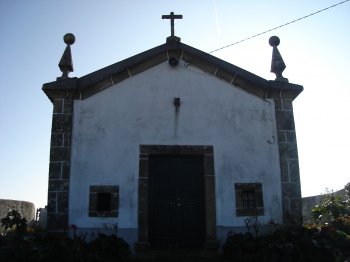Explore the best places
Monuments in Sabrosa
Pelourinho de Gouvães do Douro
- heritage
EN589
5085-242, Gouvães do Douro
Two square steps are the base of this pillory with a smooth cylindrical shaft and voluminous capital, on which the square "cage" sits with a prismatic plumb in each corner and a pyramidal finish.
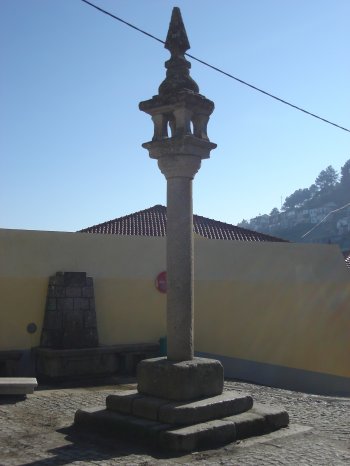
Pelourinho de Provesende
- heritage
Largo da Praça
5060-251, Provesende
Pillory supported on five octagonal steps with a chamfered shaft, a quadrangular cage with a rude device and a massive crown, from which the conical top emerges. It has a weather vane dating from 1765.

Santuário de Nossa Senhora da Saúde
- heritage
Rua da Amoreira
5060-405, São Lourenço de Ribapinhão
Pilgrimage sanctuary, next to the hot spring. It consists of a chapel, fountain, Casa dos Milagres, cross, bandstands and surrounded by a wooded park. Mannerist chapel with a longitudinal plan consisting of a single nave and chancel, inside with a high choir, built-in confessionals, pulpits, two side chapels with rococo altarpieces and a neoclassical main altarpiece. The cruise is from the 19th century, with a column with a smooth shaft, a square capital and a Latin cross with a sculptural group.
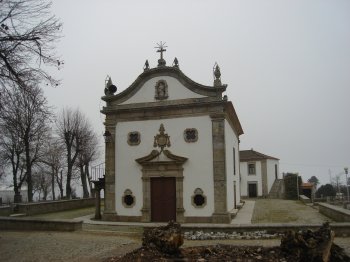
Igreja Paroquial de Parada do Pinhão / Igreja de Nossa Senhora da Conceição
- heritage
Largo da Igreja
5060-109, Parada de Pinhão
Late-baroque church with chancel. The ceilings are made of wood and there is a bell tower attached to the left side facade and a sacristy to the opposite. Inside it has a high choir on columns, a baptistry on the Gospel side, four confessionals, a pulpit on the Gospel side, and two altarpieces and the late-Baroque main altarpiece and two collateral altarpieces.
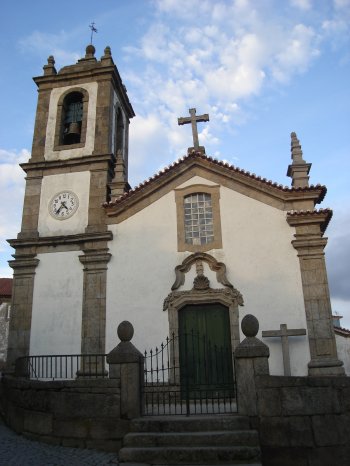
Casa da Pereira
- heritage
Rua Fernão de Magalhães
5060-333, Sabrosa
Although the certainties are not absolute, everything suggests that Fernão de Magalhães was born in this house, and there is even a reference to Sabrosa in the navigator's will. Being a rural farm house, it has popular civil architecture, characterized by small openings, without erudite elements. The coat of arms inserted in one of the cornerstones of the house would have been chopped by order of King Manuel I, as the navigator made his great voyage of discovery at the service of the kings of Spain. The house was never sold and passed to the current owners by inheritance. In …
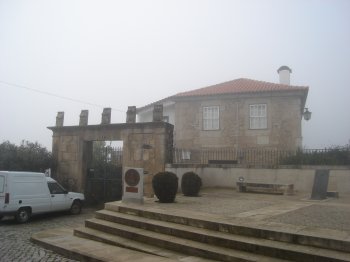
Mamoa de Madorras
- heritage
CM1262
5060-408, São Lourenço de Ribapinhão
With around 30 meters in diameter and around two meters in maximum height, it is a prehistoric tomb built around 6000 years ago. It was discovered in 1912 by Albino Lopo and was first excavated between 1983-1988. It stands out for its monumentality and state of conservation, which led to some scientific interventions that provided innovative and important results for the knowledge of the communities that built this imposing tomb and inhabited the region.
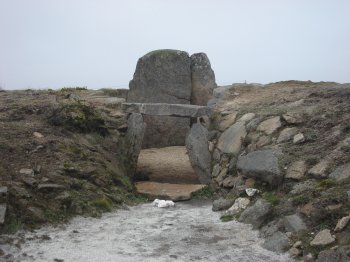
Cemitério Lusitano-romano / Quinta da Relva
- heritage
EN323 - Quinta da Relva
5060, Provesende
Roman and medieval necropolis, consisting of four graves of different types and chronology. Some graves are structured with vertical slate slabs, others in the shape of a box, and still others as anthropomorphic sarcophagi. The excavations carried out at the site allowed the removal of some remains consisting of ceramic artefacts, in addition to an anthropomorphic stele, currently on display in the Abade de Baçal Museum garden, in Bragança. However, of all the tombs discovered, only two anthropomorphic sarcophagi remain, leaning against the elevation on the Epistle side of the Sanctuary of Santa Marinha.
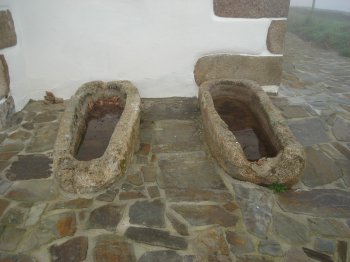
Castro da Sancha
- heritage
EN323
5060-362, Sabrosa
Built on top of a hill, 665 meters above sea level and with an excellent command over the surrounding landscape, this Iron Age fortified town stands out for its trapezoidal plan given by the three lines of granite walls, making it the residential area delimited by the first line of wall torn by three access entrances. A considerable number of fragments of smooth and decorated pottery were collected at the site, which attests to the three periods of occupation found in this town: the Iron Age, Romanization and medieval times. In addition to these elements, several numismas, fibulae, granite millstones, …
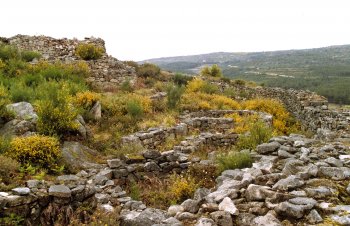
Capela de Nossa Senhora da Conceição / Capela da Casa do Pátio
- heritage
Largo da Capela
5060-405, São Lourenço de Ribapinhão
Baroque and neoclassical chapel with wooden ceiling curved profile. Inside features main altarpiece in the polychrome carved neoclassical white, straight and plant three axes.

Capela de São Bento
- heritage
EN323
5060-020, Celeirós
Chapel with wooden ceiling and single space with Mannerist altarpiece, carved polychrome paintings 17th century panelled on board.
